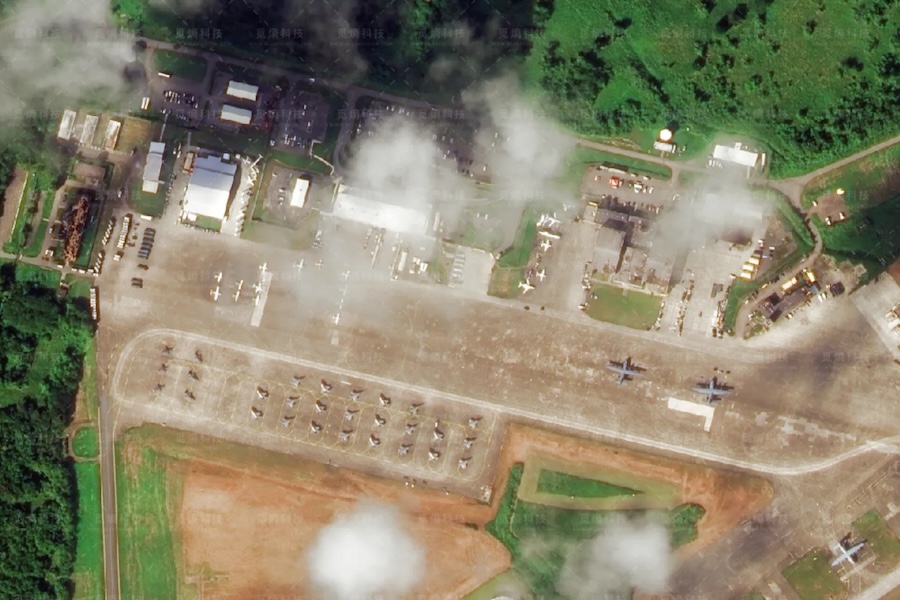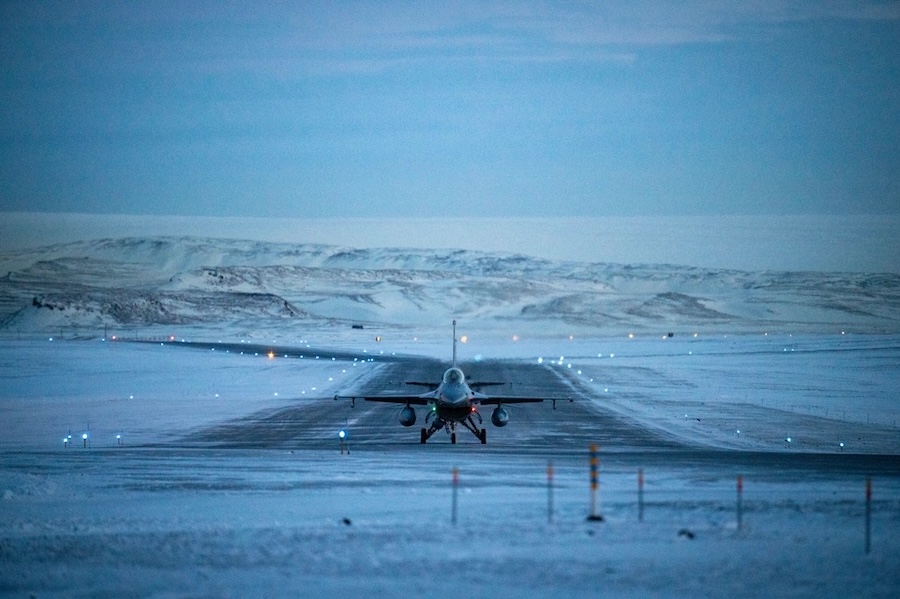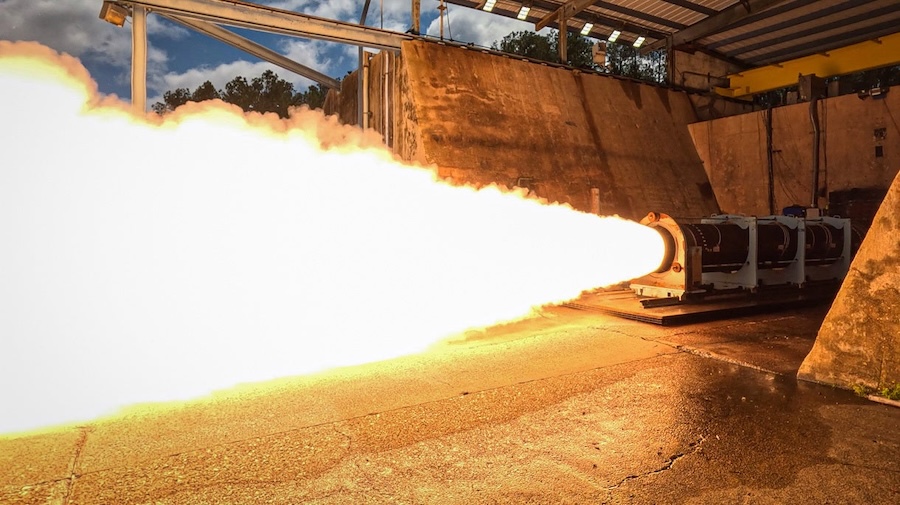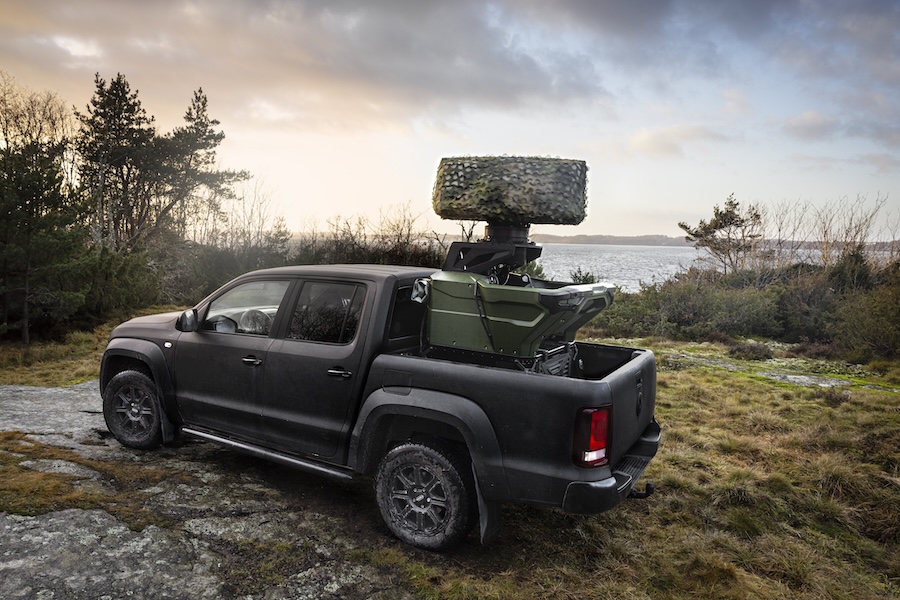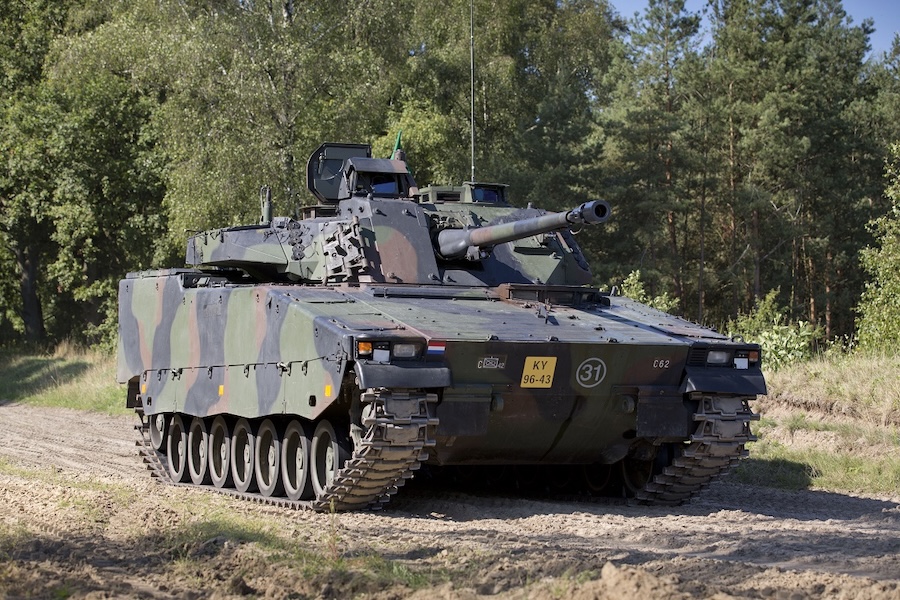The works are scheduled to run until September 2030, with RTX providing services not only for the U.S. armed forces but also for export customers. These include Canada, Sweden, Taiwan, the Czech Republic, the Republic of Korea, Kuwait, Japan, Finland, Germany, the United Kingdom, Portugal, the Netherlands, Saudi Arabia, Norway, Belgium, Australia, Turkey, Spain and Lithuania.
According to the released information, RTX will be responsible for replacing obsolete technical components used in assembly, in-service support and further engineering change programmes. The AIM-120 AMRAAM, developed by RTX, has so far been integrated with fourteen aircraft platforms as well as NASAMS ground-based air defence systems.
The missile has been employed repeatedly in real combat operations and has demonstrated a high level of effectiveness. Through continuous development, fifth-generation AMRAAMs have been in production since 2024, featuring over fifteen onboard system upgrades under the F3R (Form, Fit, Function Refresh) project.
In light of the global situation and increasing contracts, RTX has been steadily accelerating production since 2024 to meet delivery requirements. According to the company’s plans, deliveries this year are expected to double compared with 2024, with further annual increases of about 50 per cent projected in the coming years.











